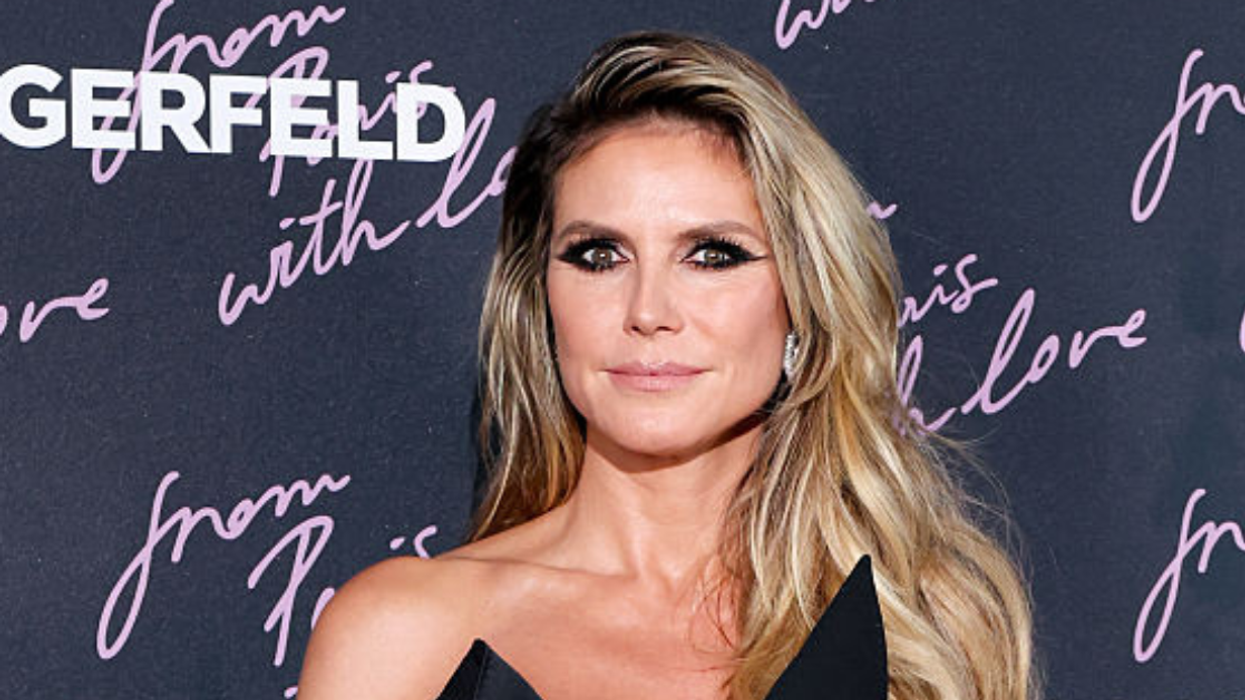You just never know what's lurking underneath that ice!
Scientists have just discovered an enormous crater beneath the Hiawatha Glacier in Greenland. The crater is 19 miles wide and large enough that the entire cities of London, Paris or Washington, DC could be enveloped within its boundaries. How did it get there? Scientists have concluded that a massive asteroid--probably about a mile wide itself--bashed into Greenland to create the enormous depression.
Scientists have concluded the impact occurred sometime during the last Ice Age, an era known as the Pleistocene, that began 2.6 million years ago and ended 11,700 years ago. An exact date of impact hasn't been determined yet, but it could have been as recently as 12,000 years ago--just before humans became the "apex predator" of the Earth.
The crater is the first of its kind: "This is the first impact crater found beneath one of our planet's ice sheets," geologist Kurt Kjær, of the Center for GeoGenetics at the Natural History Museum of Denmark, wrote in the journal Science Advances, in which the report on the crater was published.
The crater was discovered while studying a map of Greenland's ice topography. The scientist then used a German research plan to perform "ice radar" imaging to get a better look. The imaging had all the hallmarks of an impact crater.
Scientists then returned to the site to map its rock structures and collect sediments from nearby meltwater. The sediments provided a smoking gun.
"Some of the quartz sand washed from the crater had planar deformation features indicative of a violent impact," Professor Nicolaj K. Larsen of Aarhus University said. "This is conclusive evidence that the depression beneath the Hiawatha Glacier is a meteorite crater."
NASA put out some very cool animations of how the crater was found:
On social media, people were enthralled by the discovery:
And, of course, it wouldn't be social media without jokes!
So what does it all mean? Scientists believe the crater could provide insight into the nature of the Ice Age climate. The next step in analyzing the site will be to decisively date the impact that created it. As Dr. Kjær put it, "Even though we have looked into the planet's surface so much, with every type of equipment, the Age of Discovery is not over yet."
Stay tuned, earthlings!








 @vanessa_p_44/TikTok
@vanessa_p_44/TikTok @vanessa_p_44/TikTok
@vanessa_p_44/TikTok @vanessa_p_44/TikTok
@vanessa_p_44/TikTok @vanessa_p_44/TikTok
@vanessa_p_44/TikTok @vanessa_p_44/TikTok
@vanessa_p_44/TikTok










 @GovPressOffice/X
@GovPressOffice/X @GovPressOffice/X
@GovPressOffice/X @GovPressOffice/X
@GovPressOffice/X @GovPressOffice/X
@GovPressOffice/X

 mass.gov
mass.gov cdss.ca.gov
cdss.ca.gov
 Sad Break Up GIF by Ordinary Frends
Sad Break Up GIF by Ordinary Frends  so what who cares tv show GIF
so what who cares tv show GIF  Iron Man Eye Roll GIF
Iron Man Eye Roll GIF  Angry Fight GIF by Bombay Softwares
Angry Fight GIF by Bombay Softwares